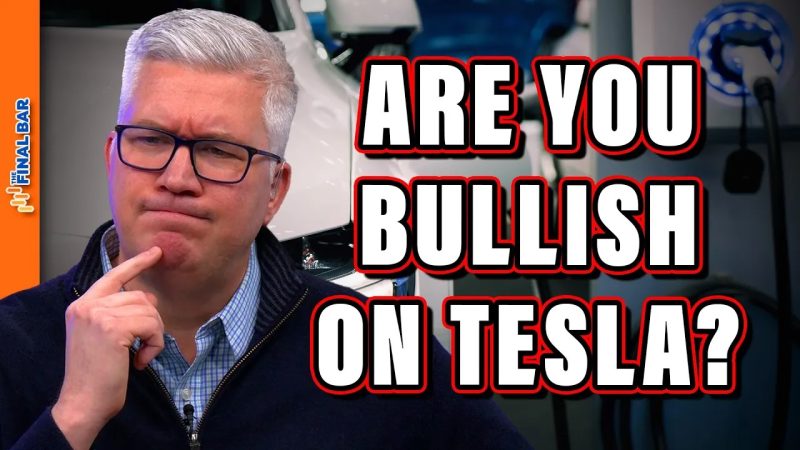While Tesla’s futuristic visions and innovation-ridden strategies have undoubtedly made it the spectacle of the decade, it also raises some cautions. It is an exciting company with inspiring aspirations, but it is wise to be a bit skeptical. It is too early to be bullish on Tesla for several reasons.
The first reason revolves around inconsistent profitability. Profitability is the backbone of any investment, and Tesla has struggled with this aspect. Although the company has reported several consecutive profitable quarters, concerns regarding its profitability still float around. Primarily because Tesla’s profits rely heavily on the sales of regulatory credits rather than its electric vehicles. Once the demand for these credits decreases, the company might encounter a significant dip in its profitability. This makes it a less reliable means of generating profits and sustainability is brought into question.
Secondly, consider Tesla’s current valuation. Tesla’s stock trades at far higher multiplier than that of other car manufacturers. This paints an unrealistic picture of growth and profitability that Tesla may not be able to meet. The massive growth Tesla’s valuation implies would require the company to dominate not just the electric vehicle market, but the total auto market and beyond. While Tesla is a leader in electric vehicles, they are still a fraction of the market as a whole and with increasing competition, their dominant position is under threat.
Another potential concern is the competitive landscape. The electric vehicle industry is growing, attracting more players day by day. Tesla is facing competition from traditional automakers such as Ford, General Motors, and Volkswagen, who are all pushing more vigorously into the EV market. These companies have more years of vehicle manufacturing experience, deep pockets, and a broad existing customer base. Tech giants like Apple and Amazon are also showing interest in the EV market, adding to the competition.
The fourth point lies in Tesla’s sole reliance on Elon Musk. Musk is a driving force behind Tesla’s innovation and brand appeal. His vision, charisma, and the capacity to catch public attention have been integral to the company’s success. However, his presence also brings a risk. Over-reliance on Musk makes the company vulnerable. Any negative news or controversy surrounding him could potentially affect the company’s stock price, and if he were to ever step down, it could cause investors to reconsider their stance on Tesla.
Lastly, let’s consider the regulatory environment. With a new business model and disruptive technologies, Tesla often faces regulatory challenges. It has been involved in multiple legal and regulatory issues over the years, from labor practices to its automated driving software. A significant issue that could impact profitability is the initiation (or termination) of government subsidies for electric vehicles. This uncertainty casts a shadow over its future profitability.
In summary, while Tesla’s disruptive business model, groundbreaking products, and charismatic leadership under Elon Musk certainly warrant consideration, it still has obstacles to overcome. Inconsistent profitability, high valuation, increasing competition, over-reliance on a single individual, and regulatory uncertainties are substantial reasons that investors might want to hesitate before going bullish on Tesla. Investment requires a careful analysis of risk and reward, and it might be too early to see where the balance lies with Tesla.




